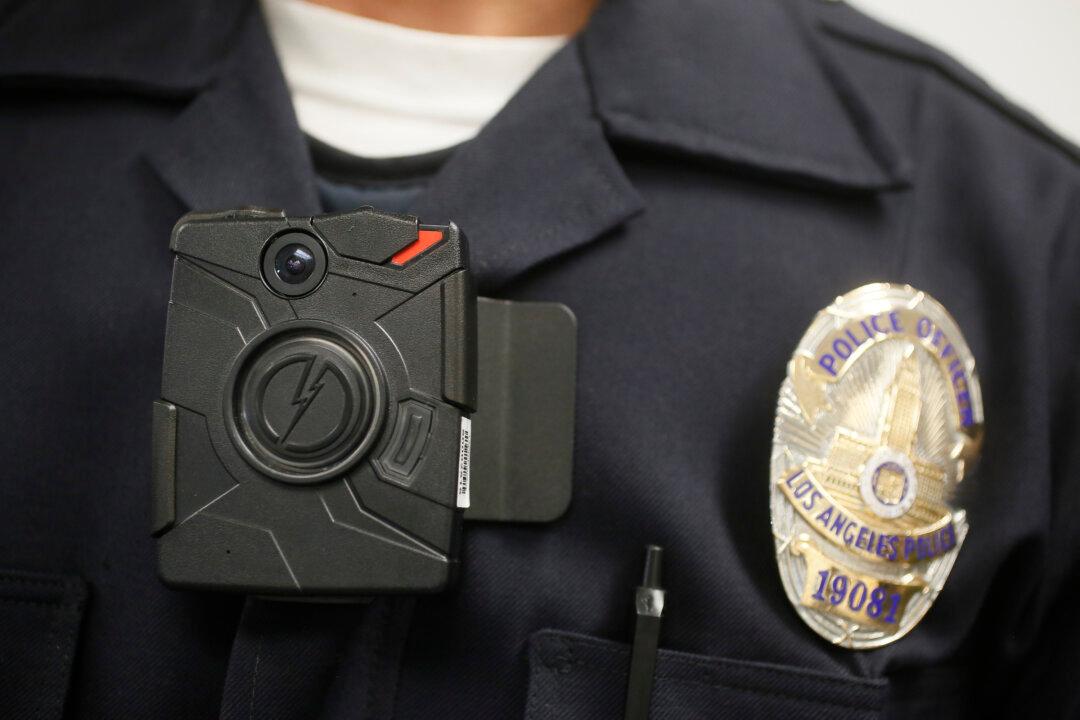After a Missouri Grand Jury failed to indict former police officer Darren Wilson, for the controversial fatal shooting of 18-year-old Michael Brown, violent protests erupted across the Nation. One solution for avoiding such controversial cases, would be the requirement of armed law enforcement personnel to wear body cameras.
This idea seems simple enough, maybe a bit costly, but some cities and and counties have already been implementing body cameras. A recent study from the University of Cambridge showed police wearing body cameras is extremely effective at reducing use of force by police and complaints from the public regarding police conduct. President Obama wants to allocate $75 million for the purchase of 50,000 body cameras to outfit the American police force.
Sounds good, how could there be any problems with a point of view video recording of police actions? Problems arise when the footage is not allowed to be presented as evidence, and when it is withheld from the public.
A recent case in the city of Duluth, Minnesota is an example of the legal battles that are likely to arise with widespread implementation of police body cameras.
On August 11, 2014, Amy Zontelli texted her friend who called the police. Amy was asking for help because her husband, and father of their two children, Joe Zontelli, was threatening to kill himself. Police arrived at the home to find Mr. Zontelli had locked himself in a room with a knife. Officers broke the door down and sent in a K-9 unit which immediately latched onto his leg. The report claims Joe was sitting down, with dog clamped onto his right leg, and that when the officers entered the room, he lunged at the officers while still holding the knife after being told to drop it. The police shot Joe twice, nearly killing him.
Both of the officers involved have been cleared of any wrongdoing, there’s only one problem, the body camera footage isn’t being released or allowed to be viewed by anyone other than the county prosecutor and police investigators.
Police are treating this as an open and shut case. But if that is true, then why aren’t they being transparent with the evidence? They are claiming “privacy issues” due to the footage being taken inside a private residence. This case is expected to go to the Minnesota legislature.
Amy Zontelli released a statement to WDIO Eyewitness news: “On a night I sought police assistance to help me save my husband, whom was in the throes of a very private despair amidst personal matters, and intent on harming only himself, the night ended with my husband barely surviving multiple gunshot wounds by the Duluth Police Department.”




